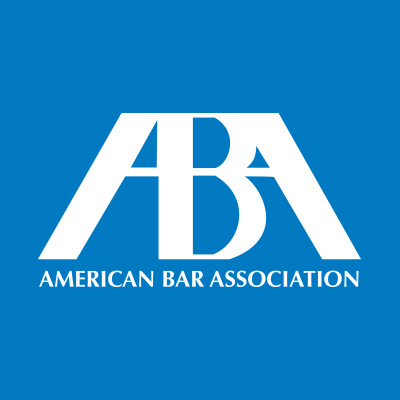4% decline in jobs requiring bar passage for law class of 2016, ABA employment data shows

The number of graduates of the law class of 2016 in jobs that require bar passage is down 4.1 percent from the class of 2015.
Out of 37,124 people who graduated in 2016 from ABA-accredited law schools, nearly 73 percent had full-time long-term jobs requiring or preferring JDs, according to employment data (PDF) released today.
Comparatively, 70 percent of 2015 law school graduates had full-time long-term jobs that required or preferred JDs. But the total number of law graduates decreased by 7 percent between 2015 and 2016, according to an ABA press release (PDF).
“The data show that the job market has stabilized and continues to be challenging for law graduates,” Barry Currier, the ABA’s managing director of accreditation and legal education, told the ABA Journal in an email.
“It is important to remember in studying these outcomes that they are a snapshot taken about 10 months after graduation. Graduates will continue to find employment after that date and to change jobs as they settle into their careers,” he wrote. “These early reports are an important part of the story for the class of 2016, but they are certainly not the full story.”
Ohio State University law professor Deborah J. Merritt, who writes at Law School Cafe, notes that the actual number of graduates with long-term full-time JD-required jobs fell from 23,687 for the class of 2015 to 22,930 for the class of 2016. That’s a decline of 3.1 percent, Merritt writes, but the year-over-year decline of JD-required jobs is smaller than last year’s.
Also, 14.1 percent of the 2016 graduates had JD-advantage positions. There was a 7.9 percent decrease of long-term full-time JD-advantage jobs between 2015 and 2016, according to the data. However, long-term part-time JD-advantage jobs increased by 16.3 percent, and short-term part-time JD-advantage jobs increased by almost 73 percent.
The actual number of 2016 graduates in short-term JD-advantage jobs—fewer than 800—is small, Merritt told the ABA Journal, but worth noting.
“I think the number of long-term full-time JD-advantage jobs supports what people have been saying—some graduates want those jobs, but many take them only when they can’t find jobs that require a JD,” Merritt said.
Spreadsheets aggregating individual law school reports and comparing graduate outcomes for the last three years are available on the Legal Education Statistics page of the Section of Legal Education and Admissions to the Bar’s website.
Updated May 12 to provide link to where to find information on individual law schools.



